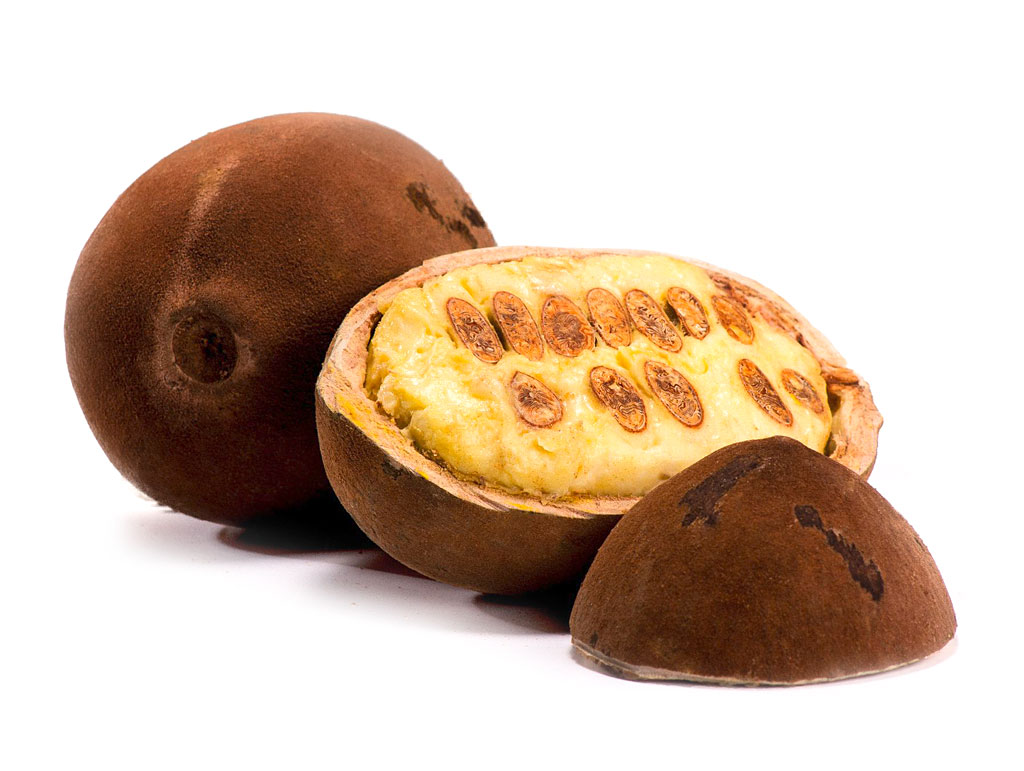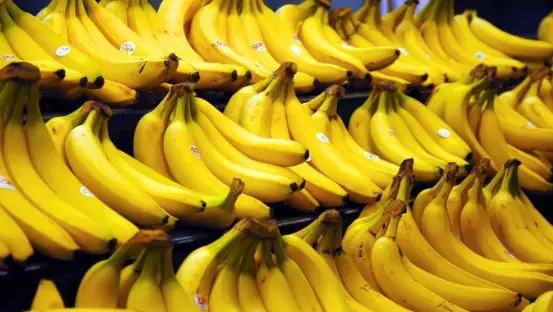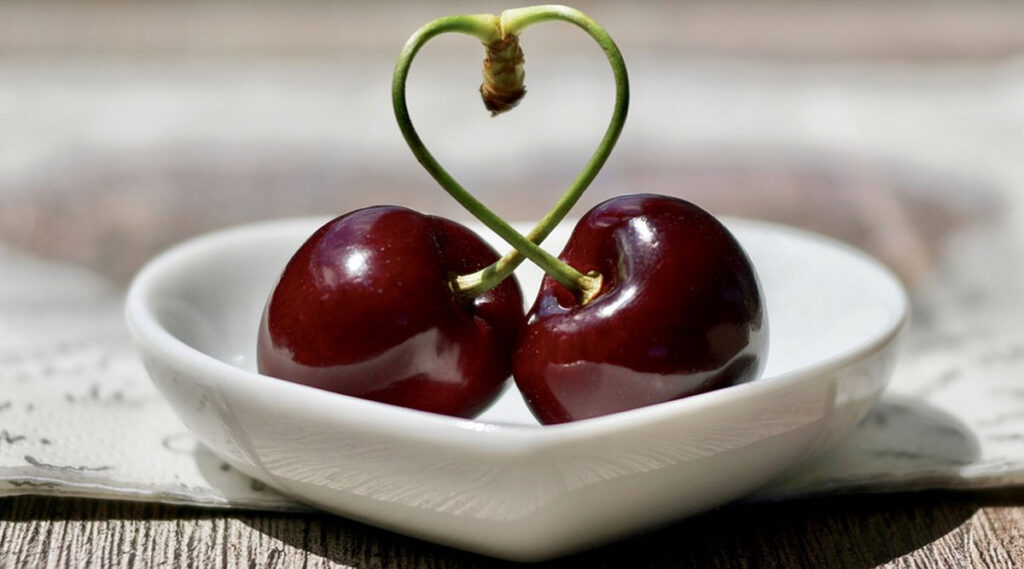People all over the world love strawberries. But are they made by nature or did humans create them? You might be surprised by the answer.
Strawberries can be added to smoothies or used in desserts, and they’ve been around for a very long time. Although lots of people eat strawberries, not everyone knows where they come from. This blog post will look at the history of strawberries and find out if they come from nature or if humans made them.
We’ll look closely at strawberries – how they changed over time and how humans have helped them grow. When you finish reading, you’ll know a lot more about where strawberries come from.
Table of Contents
- The Origins of Strawberries
- Strawberry Varieties
- 1. June-bearing strawberries
- 2. Everbearing strawberries
- 3. Day-neutral strawberries
- 4. Alpine strawberries
- 5. White strawberries
- 6. Golden strawberries
- Are Strawberries Man-Made?
- The role of humans in the domestication of strawberries
- The Future of Strawberries
The Origins of Strawberries
It’s thought that wild strawberries first grew in the Americas and native peoples have been eating them for a very long time.
The strawberries back then were small and not very sweet, but people used them as medicine. The first time someone grew strawberries on purpose was probably in France in the 1700s when they mixed different wild types together.
In the 1900s, people in the US started to breed new kinds of strawberries that were bigger and sweeter and didn’t get sick easily. Now, you can find hundreds of strawberry types all over the world, each with its own taste and look.
But strawberries have a long history, even before people started to grow them on purpose. Ancient places like Rome and Persia had strawberries too, which means that people have enjoyed them for a really long time.
Strawberries have also been important in stories, art, and music for many years.
Strawberry Varieties
There are many kinds of strawberries. Each kind has something special about it, like its size, taste, or texture. Here are some of the most common types:
1. June-bearing strawberries
These strawberries are what most people grow and they usually are ready to eat in late spring or early summer. They’re big and sweet, which is great for eating fresh or making jams.
2. Everbearing strawberries
Everbearing strawberries make fruit a few times throughout the season, not all at once. They’re a bit smaller than June-bearing ones but still very sweet.
3. Day-neutral strawberries
These strawberries can make fruit any time during the growing season, no matter how long the days are or how hot or cold it is. They are usually smaller than June-bearing strawberries but taste very sweet and juicy.
4. Alpine strawberries
Alpine strawberries are little wild strawberries that are very sweet. They’re usually grown for decoration or in small gardens.
5. White strawberries
Most strawberries are red, but some kinds are white or pink. White strawberries aren’t as strong tasting as red ones but are still sweet and tasty.
6. Golden strawberries
Golden strawberries are a yellow color and taste a bit different, with a little sourness. They are new and not very common yet.
The different kinds show that humans have changed strawberries to make them bigger, sweeter, and less easy to get sick. This has been done by choosing and breeding the best strawberry plants.
Are Strawberries Man-Made?
Strawberries weren’t made by humans, but people have been helping them grow for a very long time. By growing strawberries and mixing different kinds together, humans have made new kinds with lots of flavors and sizes.
A long time ago, a man named Antoine Nicolas Duchesne was one of the first to mix different strawberries to make new kinds. He did this by helping bees move pollen from one strawberry flower to another.
Even though humans helped create new types, strawberries are still plants that grow in nature. They have parts that can make seeds and make more plants without any help at all.
The role of humans in the domestication of strawberries
People have had a big impact on strawberries. Long ago, before they were grown for eating, they were used as medicine. When more people began to grow strawberries, they liked how sweet they tasted and found ways to use them in all kinds of food.
In the 1700s, people like Duchesne started to mix different wild strawberries and created many new kinds. This was just the beginning of making strawberries even better. Now, strawberries are grown all over the world and many people work on making them taste better, not get diseased, and have other good qualities.
So from wild plants to a favorite fruit, strawberries show how clever and hardworking growers can be.
The Future of Strawberries
Strawberry growing is going to keep getting better. Scientists and farmers want to make strawberries even tastier, grow more of them, and help the environment. Here are some things that might happen with strawberries soon:
- Genetic engineering – Scientists are trying to change strawberries by using science to make them taste better, last longer after picking and give people more health benefits. They also want to put in more natural things that are good for health.
- Sustainable growing practices – People want to grow food without hurting the planet, so they’re trying to use less chemicals and find better ways to water the strawberry plants.
- Automation – With the cost of paying people to work going up, strawberry farmers are looking at using robots and machines to help plant, water, keep away bugs, and pick the fruit.
- New varieties – People who know a lot about plants are always making new kinds of strawberries that can handle diseases better, make more fruit, and taste even better. These new kinds might help farmers make more money and take better care of the environment.
In the future, strawberries might be even more enjoyable and good for us. With new techniques and ideas, we can be excited for even tastier and healthier strawberries to come.

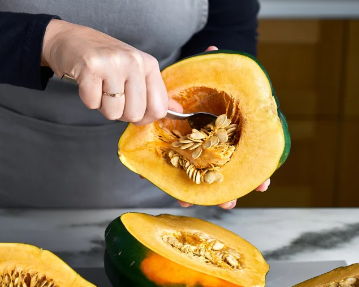

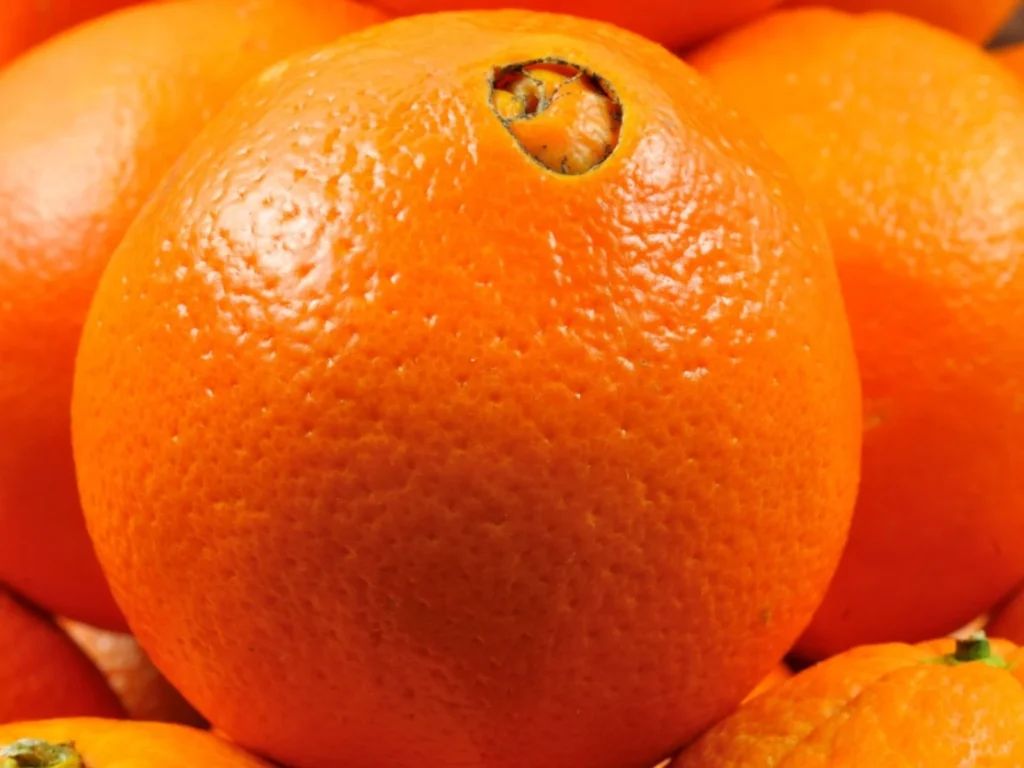
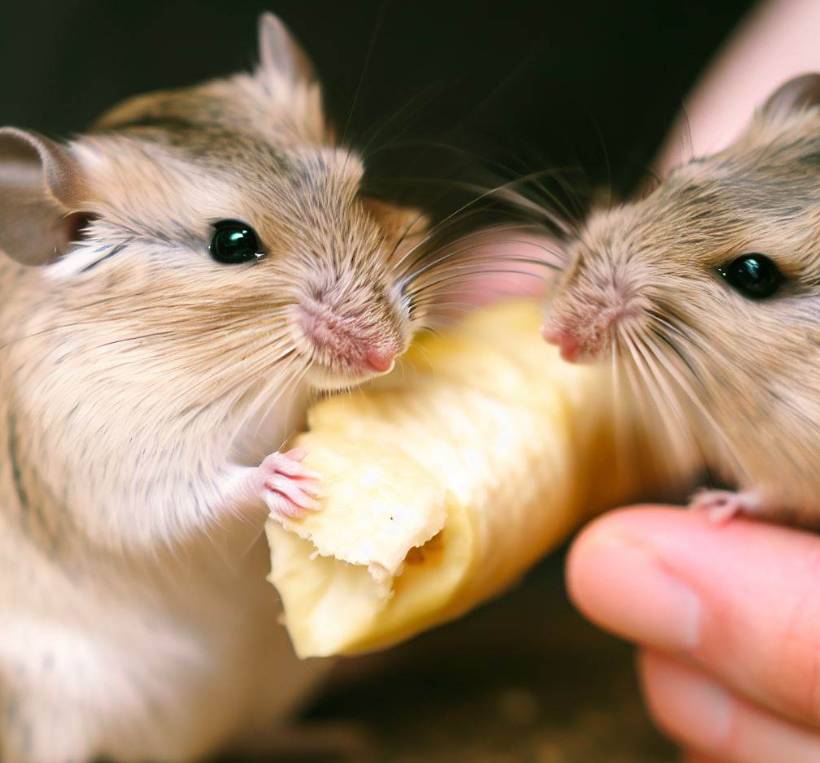
![What Is the National Fruit of Argentina and Why? [ANSWERED]](https://fruitonix.com/wp-content/uploads/2023/04/What-Is-the-National-Fruit-of-Argentina-.jpg)

